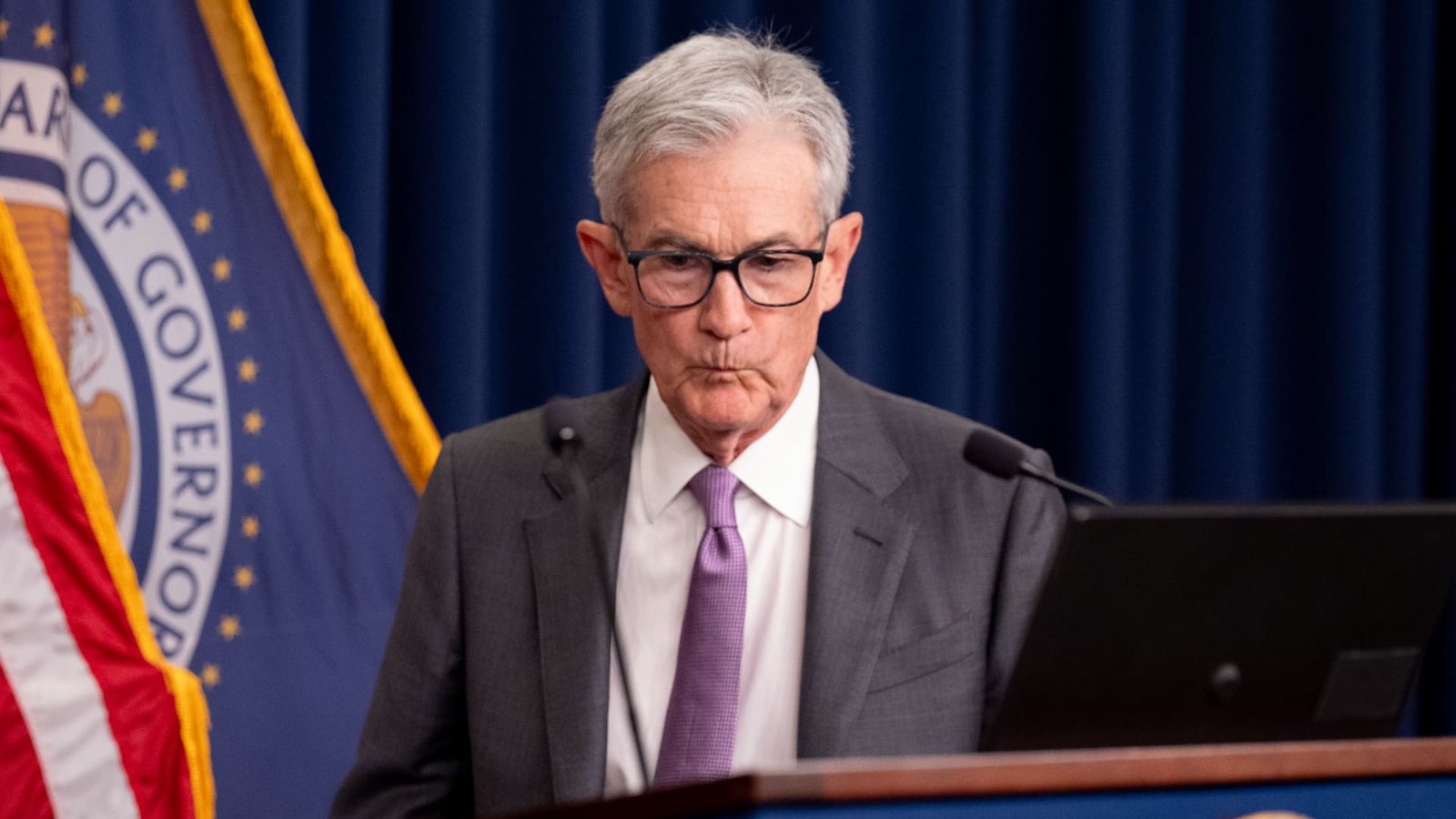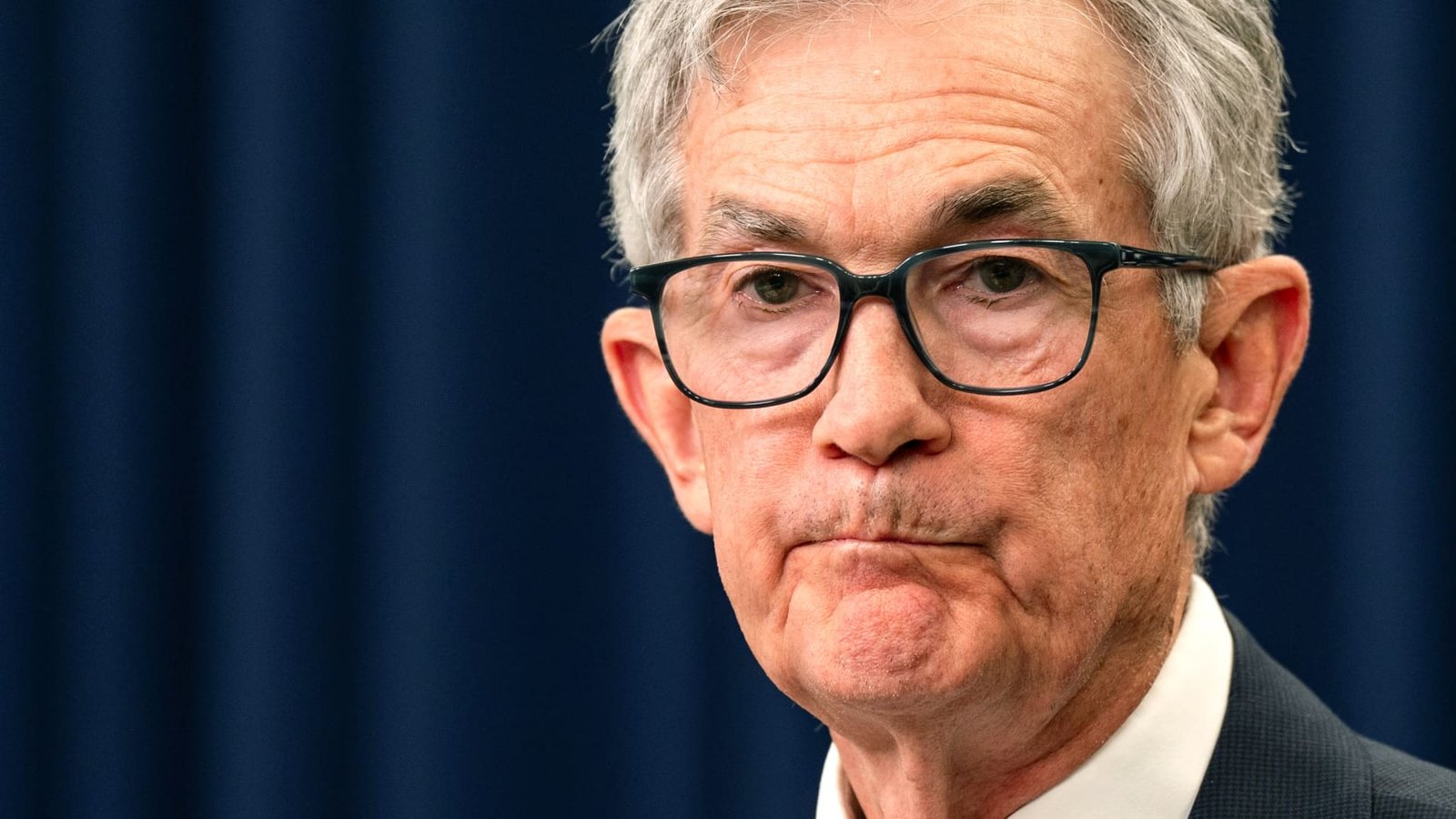If the Federal Reserve is beginning to prepare for interest rate cuts, some segments of the market are growing restless for the meal to be served. Claudia Sahm, chief economist at New Century Advisors, expressed her thoughts on CNBC following the Fed’s meeting on Wednesday. She emphasized the need for the Fed to gradually reduce interest rates to return to a normal state.
Sahm, known for developing the Sahm Rule that uses inflation rate changes to predict recessions, has been advocating for the central bank to adjust monetary policy to prevent a recession. According to the rule, a recession occurs when the three-month average of the unemployment rate is half a percentage point above its 12-month low.
With the jobless rate at 4.1%, close to triggering the rule, Sahm believes that the Fed’s decision to maintain high short-term interest rates poses a risk to the economy. She stressed that a strong economy should not be feared and that the Fed can gradually step back once inflation goals are met.
Fed Chair Jerome Powell, when asked about the Sahm Rule, described it as a statistical pattern that may not apply in the current scenario due to the robust job market and slowing wage growth. Powell emphasized the need for greater confidence in inflation returning to 2% before considering rate cuts.
Market expectations suggest an aggressive path for rate cuts, starting with a quarter percentage point reduction in September, followed by cuts in November and December. There is an 11% probability of a full percentage point reduction in the fed funds rate by year-end.
Jeffrey Gundlach, CEO of DoubleLine, shares the concern that the Fed’s firm stance on rates could lead to a recession. He anticipates a potential 1.5 percentage point rate cut over the next year, a more aggressive pace than what policymakers had previously indicated.
Gundlach highlighted that with the consumer price index likely to fall below 3%, real rates could be relatively high, providing room for rate cuts without being excessive. He suggested that the Fed should have initiated rate cuts sooner.




